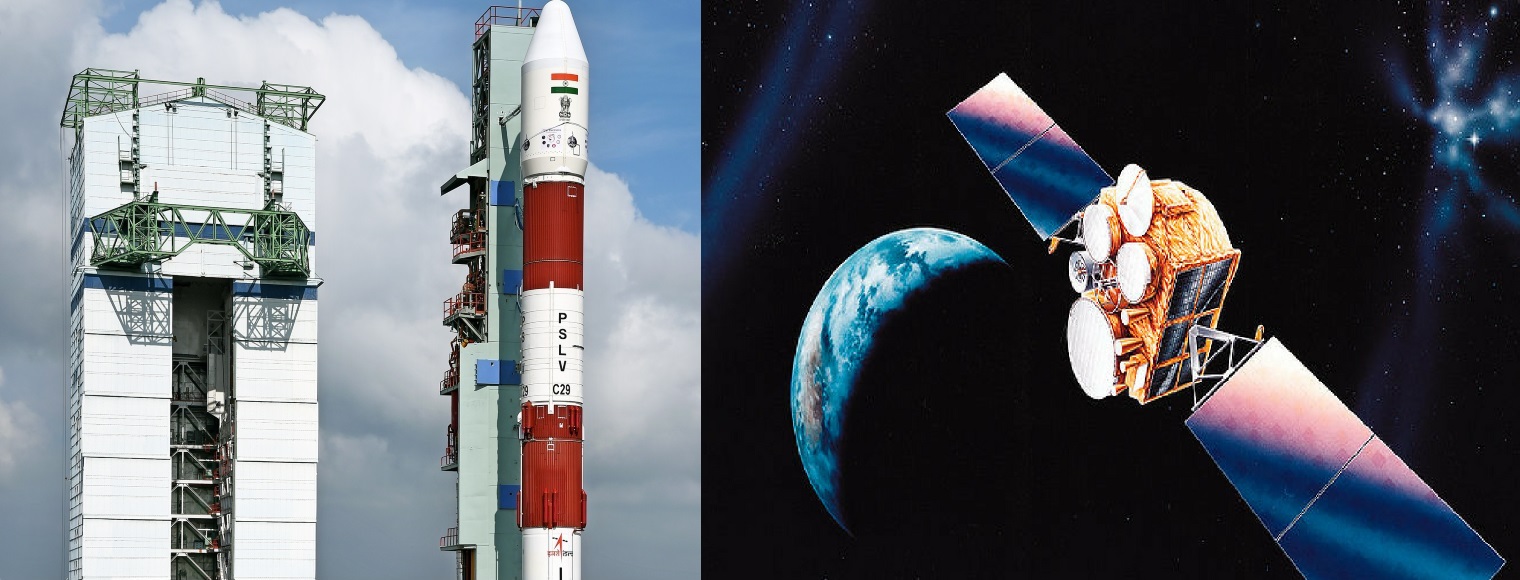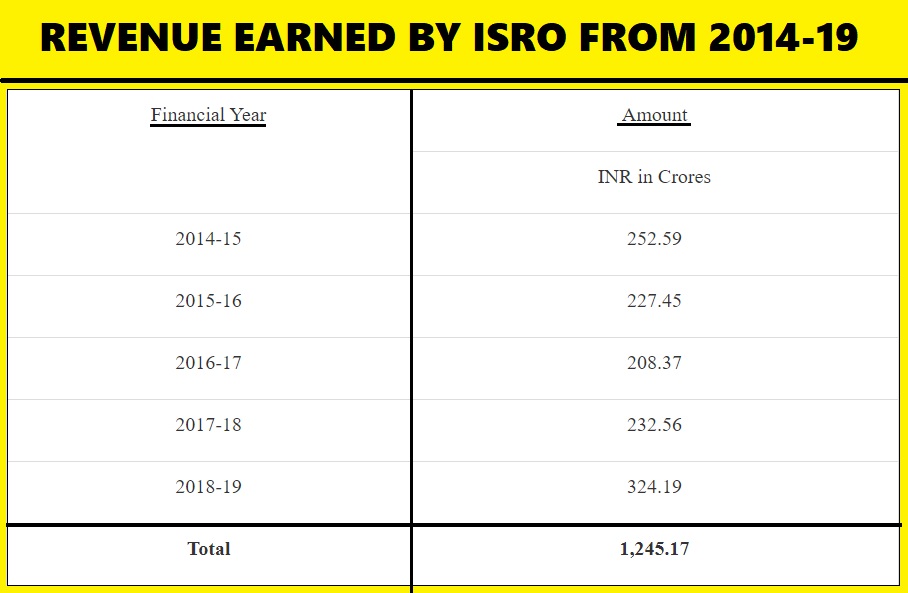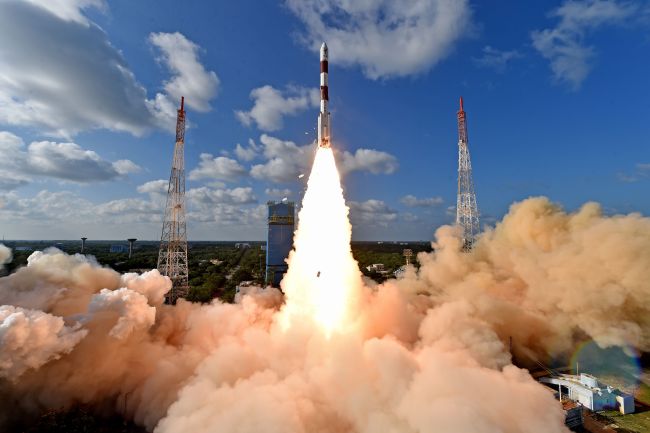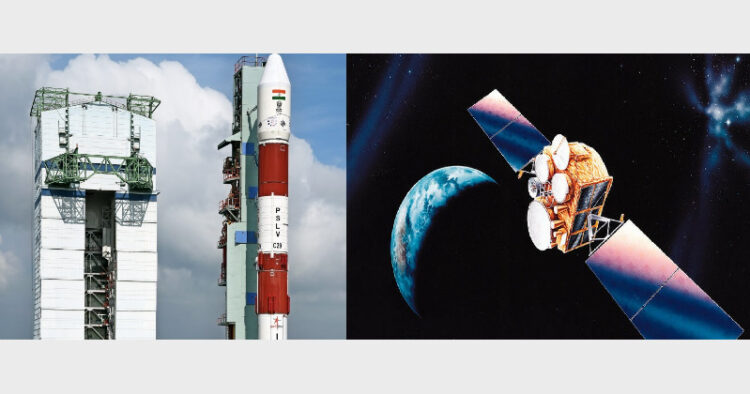
ISRO which created a new record with PSLC recording its 50th successful launch on Wednesday has been growing from strength to strength and increasing the Indian footprint in the space race. India’s workhorse rocket PSLV celebrated its 50th flight on 11th December with a successful launch of 10 satellites, including RISAT-2BR1 along with 9 other customer satellites from Japan, Italy, Israel and USA into their intended orbits.
With this latest launch ISRO has crossed the milestone of launching 300 foreign satellites which has helped its clout grow in the space and satellite technology. This has earned the government a revenue of Rs. 1245 crores in the last 5 years.
Replying to a question in Rajya Sabha yesterday, Dr Jitendra Singh Union Minister of State for Atomic Energy and Space informed the house that ISRO has launched satellites from 26 countries during the last five years and has generated a revenue of Rs. 1245 crores between 2014 and 2019. While the space agency earned Rs.252.5 crores in 2014-15, it earned Rs.324.19 crores in 2018-19 seeing an increase of nearly 30% in its revenue during the 5 year period.
Dr Jitendra Singh also informed that contracts were signed with 10 countries namely, USA, United Kingdom, Germany, Canada, Singapore, The Netherlands, Japan, Malaysia, Algeria and France in the last five years under commercial arrangements. The amount of revenue generated by ISRO from foreign satellite launches is as below:

Historic 50th Launch of PSLV
The Polar Satellite Launch Vehicle (PSLV) launched at 3:25 PM on Dec. 11 from Satish Dhawan Space Centre at Sriharikota.
The main payload, India’s advanced radar imaging satellite RISAT-2BR1, successfully separated from the rocket and deployed its solar arrays. The RISAT-2BR1 is expected to operate for five years, also supporting operations in agriculture, forestry and disaster management. RISAT stands for Radar Imaging Satellite, and this vehicle is the fourth satellite in the series, all built by ISRO.
PSLV also deployed another nine commercial satellites into their intended orbits. These satellites were from Israel, Italy, Japan and the U.S. and flew under a commercial agreement with New Space India Limited. Nearly 5,000 spectators attended the historic launch.

PSLV first launched in October 1994 by ISRO. The rocket has three variants that each use four stages to bring payloads into orbit. Some of the variants use up to six strap-on boosters on the first stage to increase the rocket’s launching power.
Some of the more famous payloads aboard PSLV include Chandrayaan-1, which flew to the moon in 2008 and helped discover ice water on the surface, and the Mars Orbiter Mission (MOM, or Mangalyaan), which launched to the Red Planet successfully in 2013. MOM is still operating, and India plans a follow-up mission, MOM 2, in 2024.













Comments